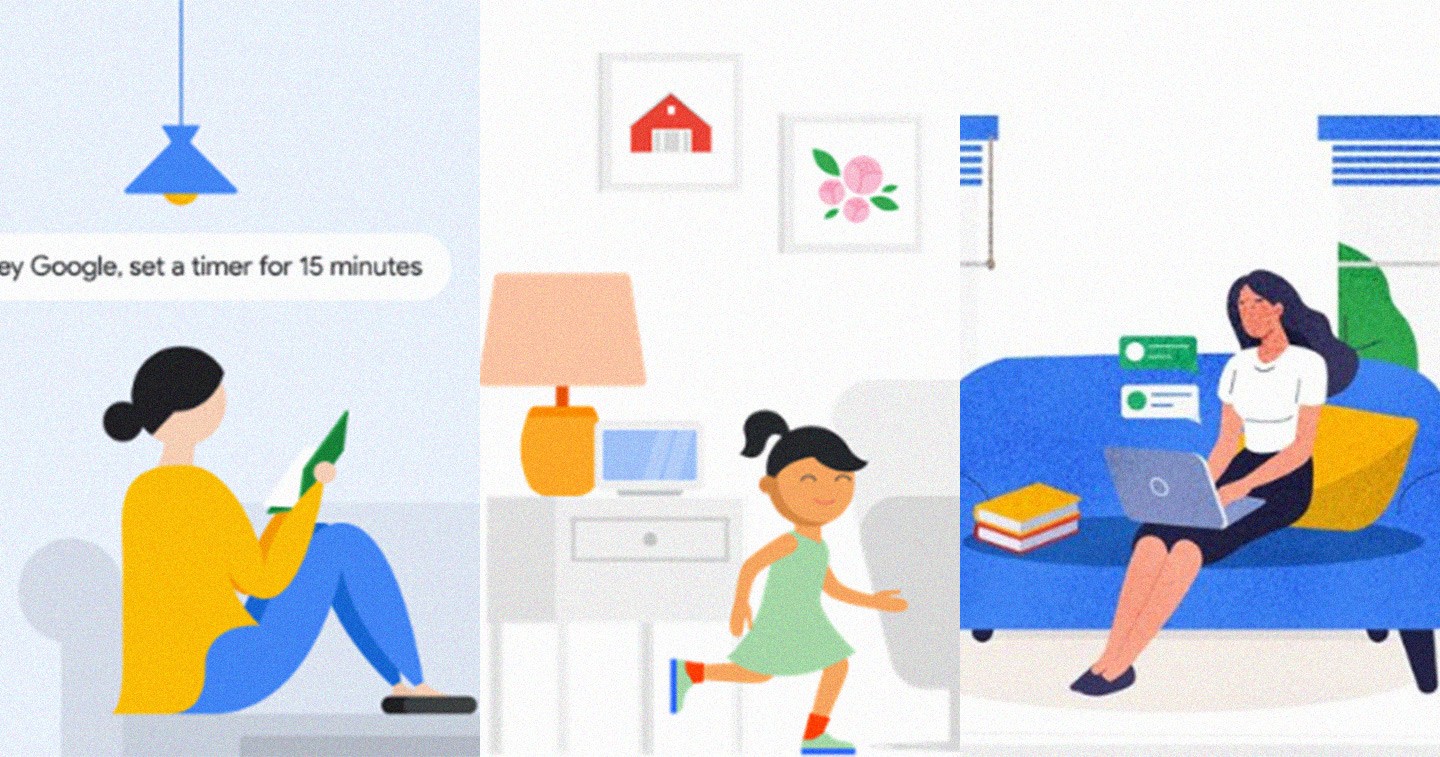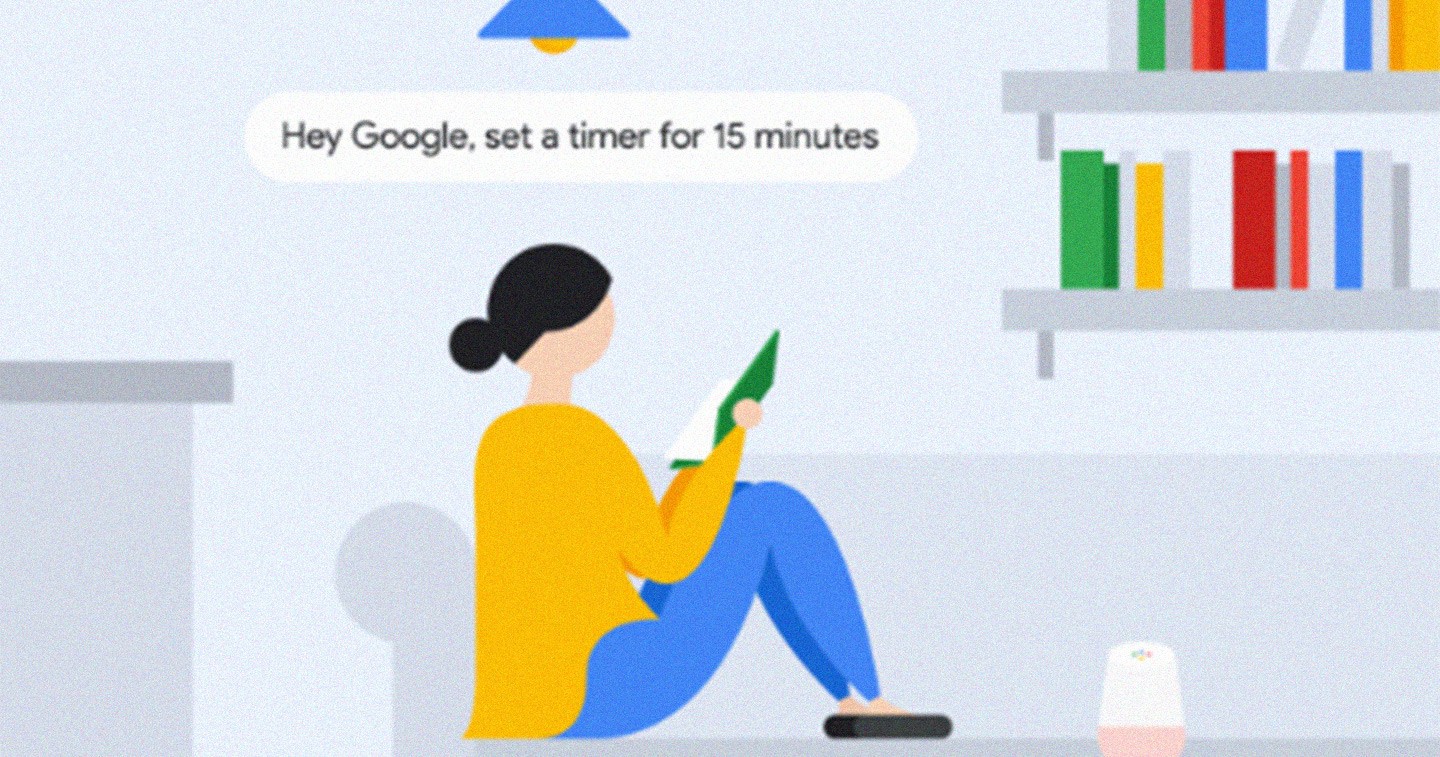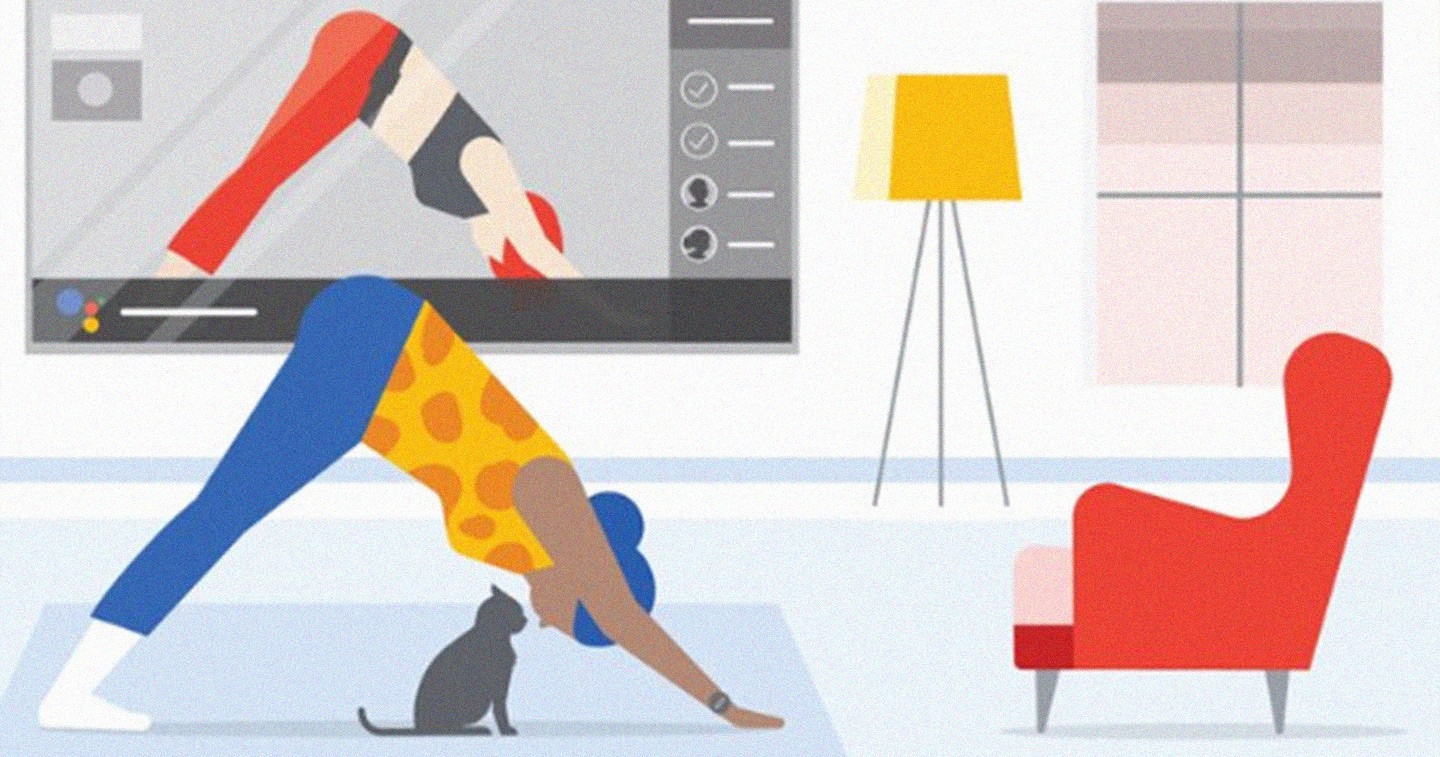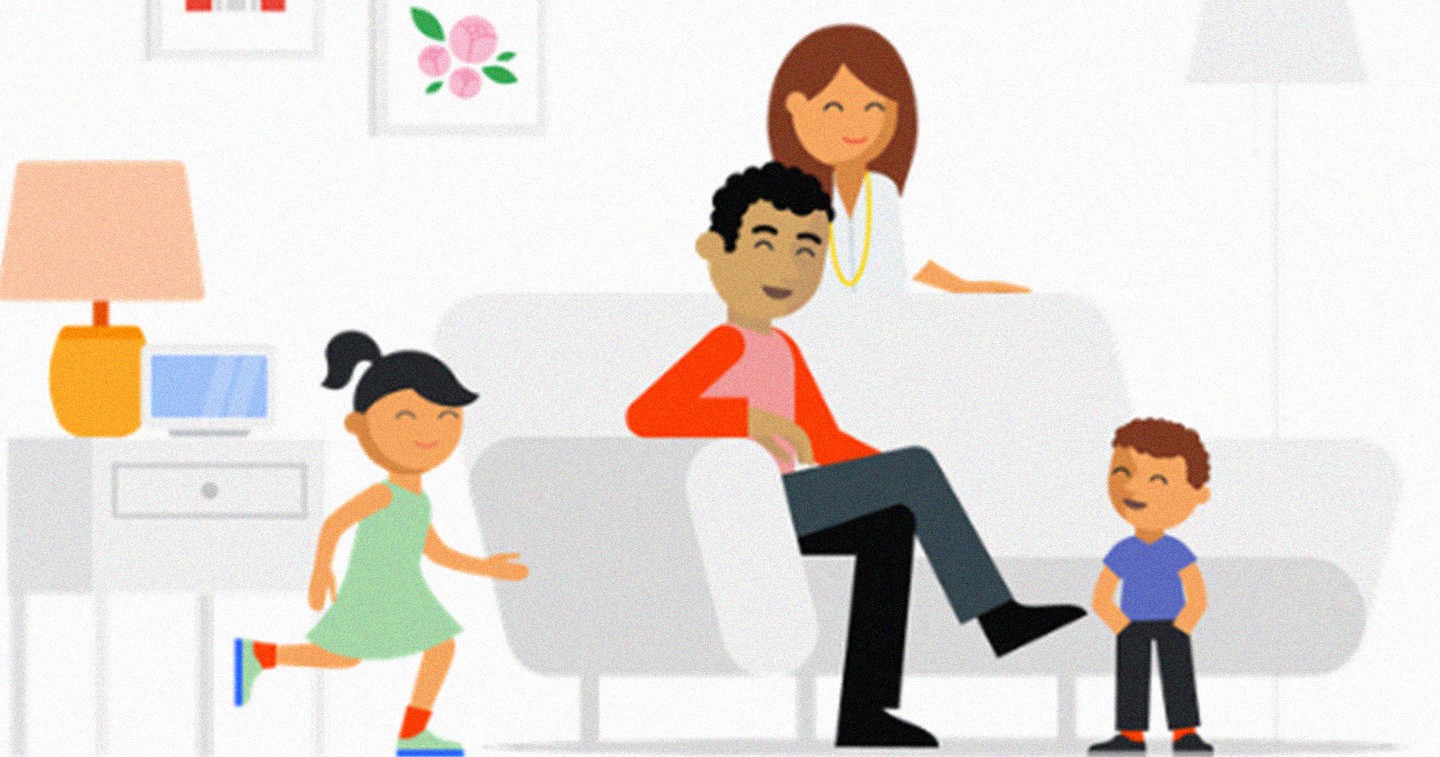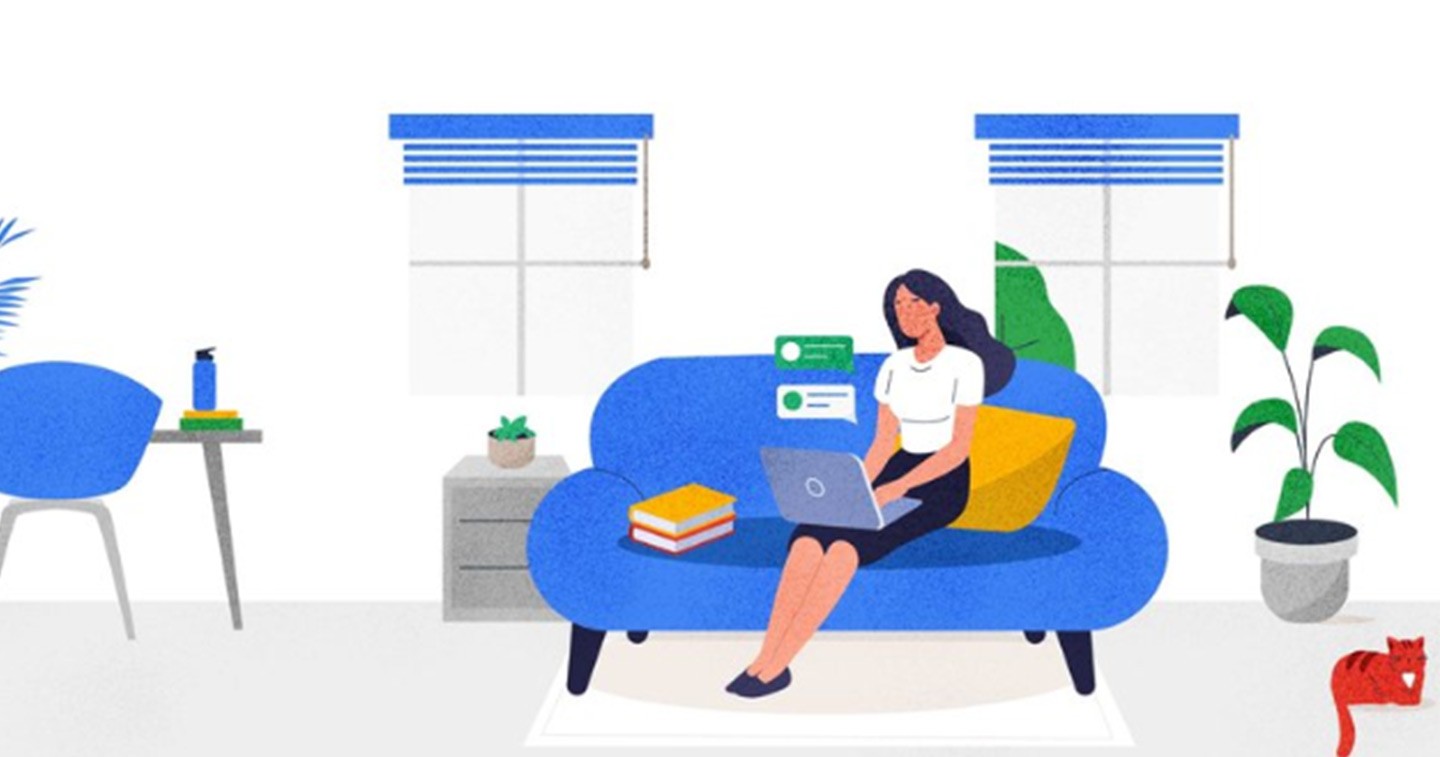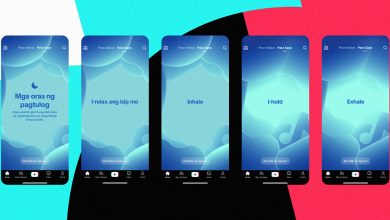GLOBAL – Using technology and being online excessively whether for work or leisure can result in physical and emotional burnout. Here are some reminders from Google to help balance screen time and reduce digital fatigue:
Use your voice
It is hard to put the phone down once you have held onto it. To minimize getting distracted by your device, you can activate voice command with Google Assistant so you can easily ask for verbal help to complete your tasks. For instance, to avoid getting “trapped” by using your phone when you only need to check the time today, you can simply say, “Hey Google, what time is it?” You can also use Tagalog, “Hey Google, anong oras na?”
With custom or ready-made Routines, you can add voice cues to trigger several actions with one command. For example, you can set, “Hey Google, good morning”, and have the Google Assistant tell you the weather, your upcoming events, open your alarm, and much more.
Google Assistant is built-in to some Android devices and as an app, it can be downloaded on Play Store and App Store.
Find active alternatives
Working remotely means getting many video calls and to avoid fatigue, you should schedule breaks in-between virtual meetings to rest your mind. The World Health Organization recommends getting at least 150 minutes of physical activity per week. Get up from your workstation and add a physical activity such as a quick run, bike ride, or take a walk while answering a call. To monitor if you are doing enough movement, you can use the Google Fit app to keep track and earn heart points. No matter how big or small your movement is, it has tremendous health benefits which improves mental health and helps you sleep better. The Google Fit app can work without any wearable device.
Discuss and plan tech use with kids
If you have kids, it is important to monitor their online activities and daily screen time. You can find numerous kid-friendly content online and you can use it to plan out their activities for listening, watching, and playing on their devices. Use this family guide to initiate conversations with your children to find out about content they like, talk about smart online habits, and other digital topics.
Intentionally detach from and reattach to work
Knowing how to balance time for work and leisure helps maintain one’s satisfaction with their overall wellbeing. Before jumping to your tasks, take a few minutes to review your to-do list and go through goals for the day so you will not have a hard time focusing. It is also helpful to create a dedicated workspace at home where you can concentrate on your tasks during office hours. During break time, turn off notifications and place your laptop out of sight so you will not be distracted to check work emails or join a last-minute video meeting.
Create a consistent bedtime routine
Whether on weekdays or weekends, train your body to go to bed and wake up on a schedule to establish a strong circadian rhythm and improve the quality of your sleep. You can use a sleep tracker to create a regular bedtime routine and monitor how many hours you need and track when you naturally wake up. Android’s Bedtime mode can help set a bedtime schedule which automatically turns on the Do Not Disturb feature and fades the screen to grayscale at your chosen time.
It is also recommended to put away phones to fall asleep easier and sleep better. Being exposed to blue light can have a negative effect on one’s natural sleep cycles by delaying release of melatonin and increasing alertness. Instead of using your device in the bed, try reading a book or listening to an audio program to lull yourself to sleep. Start with having 30-minutes of screen-free time, and work your way up to two hours or more until you are comfortable without using your phone before bedtime.
For more digital wellbeing resources, visit wellbeing.google

